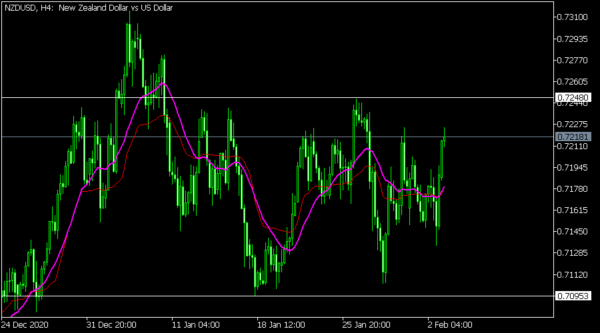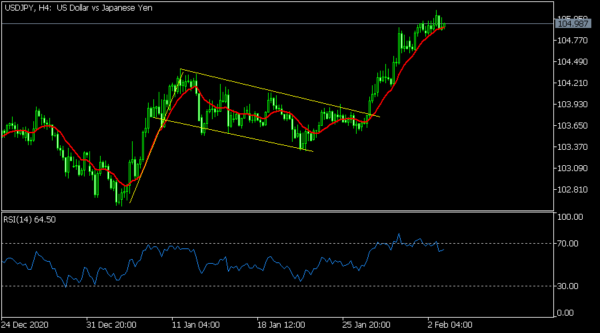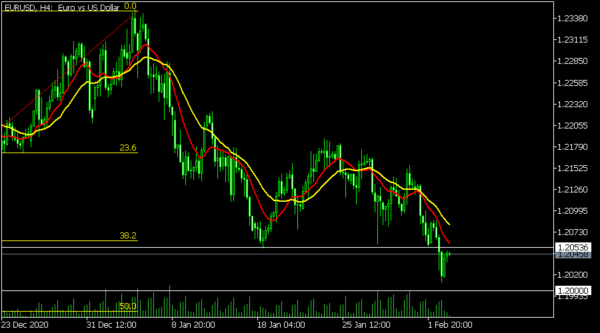The price of crude oil held steady after the American Petroleum Institute (API) published its latest inventories. The data showed that the inventories declined by more than 4.26 million barrels after dropping by more than 5 million barrels a week before. Analysts were expecting the data to show an increase of about 367k barrels. Notably, inventories have dropped in 5 of the past 8 weeks. Later today, the Energy Information Administration (EIA) will publish its inventory data.
The New Zealand dollar rose against the greenback after the country published relatively strong economic numbers. According to the statistics bureau, the unemployment rate dropped from 5.3% in the third quarter to 4.9% in the fourth quarter. In the same period, the employment change rose by 0.6% after dropping by 0.8% in the previous quarter. The participation rate rose from 70.10% to 70.20%. These numbers show that the New Zealand economy has started to rebound after it contracted in the second quarter.
The Australian dollar rose against the greenback after relatively strong economic data from China and Australia. According to Markit, the Chinese services PMI declined to 52.0 from the previous 56.3. A PMI figure of 50 and above is usually a sign that a sector expanded. In Australia, the services PMI came in at 55.6 while the construction production rose to 57.6. The Aussie will next react to the latest trade numbers that will come out tomorrow and retail sales set for Friday.
NZD/USD
The NZD/USD pair rose to an intraday high of 0.7216, which is higher than the year-to-date low of 0.7097. It is also a few pips below the year-to-date low of 0.7315. On the four-hour chart, the price is slightly above the 15-day weighted moving average and the variable index dynamic average indicator. It is also between the 0.7000 and 0.7315 channel. Therefore, the pair may remain in the current range ahead of the nonfarm payroll numbers.
USD/JPY
The USD/JPY pair crossed the important resistance level at 105.00 because of the strong US dollar and weak Japanese services PMI data. On the four-hour chart, this price action is a continuation of the recently-formed bullish flag that is shown in yellow. The price has also moved above the short-term and long-term moving averages while the RSI has also continued to rise. The pair will likely continue rising in the near term.
EUR/USD
The EUR/USD broke-out lower yesterday, dropping to the important support level of 1.200. This price is almost 3% lower than the year-to-date high of 1.2350. On the four-hour chart, the price has also moved below the important support at 1.2053 and the 25-day and 15-day moving averages. Therefore, the pair may continue falling as bears target the next support at 1.1150.
















